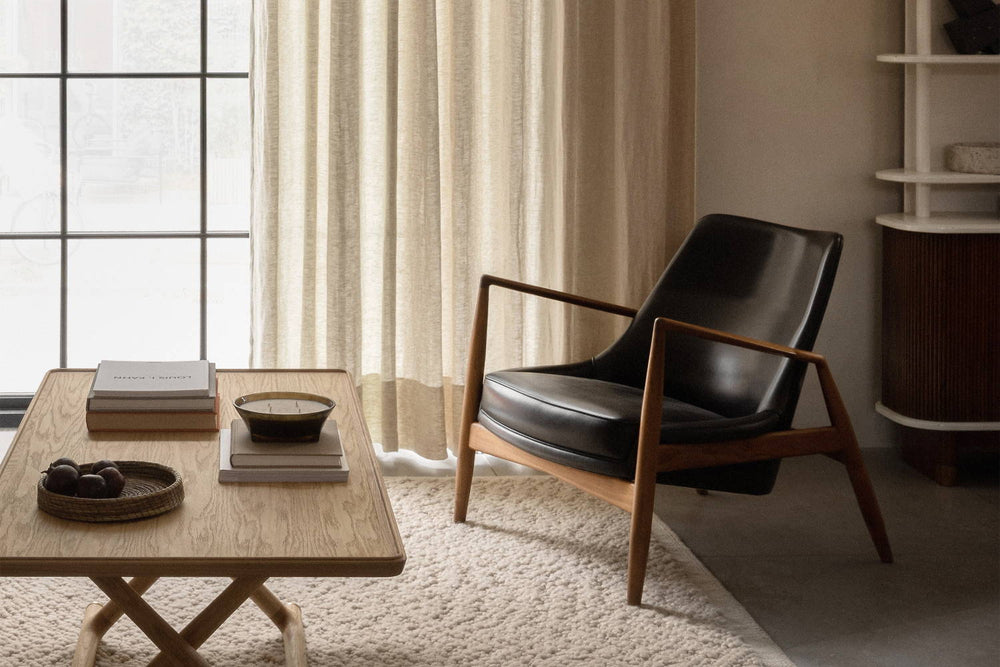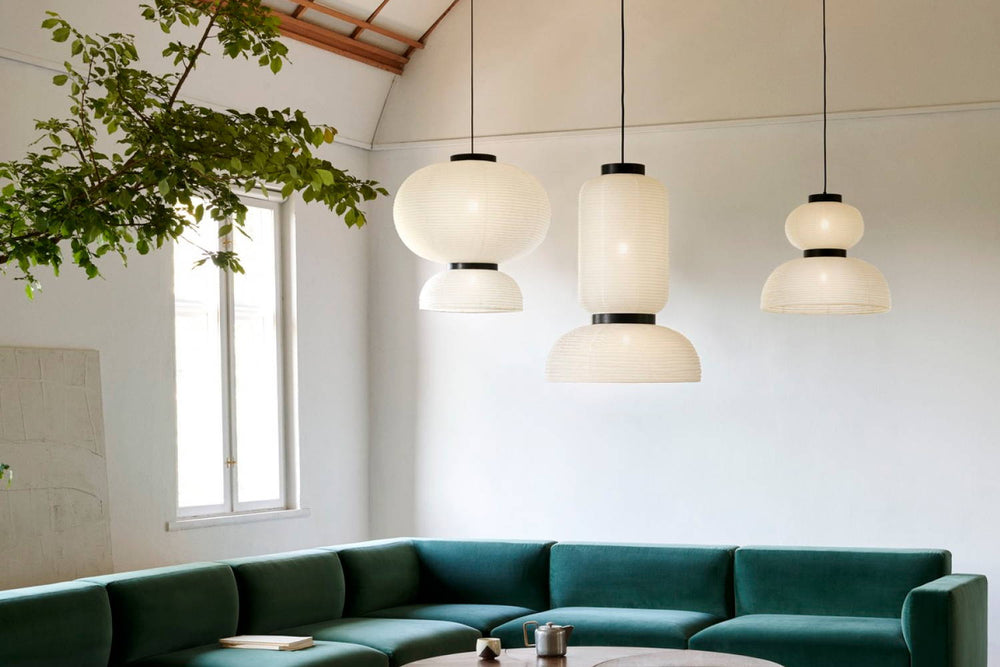Japanese interior design is renowned for its timeless elegance, minimalist aesthetic, and profound connection to nature. Rooted in centuries-old traditions and influenced by Zen philosophy, Japanese interiors evoke a sense of tranquility, harmony, and mindfulness. One of the most captivating expressions of Japanese design is the creation of Zen-inspired living spaces, where simplicity and serenity reign supreme. Embracing the principles of wabi-sabi – the appreciation of imperfection and impermanence – Japanese interior design encourages a pared-down approach that focuses on essential elements and natural materials. In this guide, we will explore the fundamental concepts of Japanese interior design and how to apply them to create a Zen-inspired living room that exudes peace, harmony, and promotes well-being for everyday living.
The Essence of Japanese Interior Design
Japanese interior design is deeply rooted in the principles of simplicity, minimalism, and harmony with nature. Here are some key elements that capture the essence of Japanese interior design:
- Wabi-Sabi: Embracing the allure of imperfection is a fundamental concept in Japanese aesthetics. Wabi-sabi celebrates the beauty of things that are imperfect, impermanent, and incomplete. In interior design, this translates to using natural materials that age gracefully, incorporating handmade objects with visible textures and irregularities, and creating spaces that evoke a sense of simplicity and tranquility
- Minimalism: Japanese interior design is characterized by clean lines, uncluttered spaces, and a minimalist aesthetic. Furniture and decor are kept to a minimum, with an emphasis on functionality and simplicity, allowing for a seamless flow between interior and exterior spaces. Each element serves a purpose and contributes to the overall sense of balance and harmony in the space
- Natural Materials: Japanese interiors often feature natural materials such as wood, bamboo, paper, and stone. These materials are valued for their organic beauty and connection to the natural world. Wood is particularly prominent, used for flooring, furniture, and architectural details. The use of natural materials helps create a warm, inviting atmosphere and a sense of harmony with the environment
- Zen Influence: Zen philosophy and aesthetics have a significant influence on Japanese interior design. Zen principles such as mindfulness, simplicity, and harmony are reflected in the arrangement of furniture and decor, the use of natural materials, and the creation of tranquil, contemplative spaces. Zen gardens, bonsai trees, and meditation spaces are often incorporated into Japanese interiors to foster a sense of peace and serenity
Overall, Japanese interior design embodies a timeless elegance and a deep reverence for nature, simplicity, and harmony. It is a reflection of Japanese culture and values, emphasizing the beauty of imperfection, the importance of balance, and the serenity of minimalist spaces.
Key Concepts to Incorporate Into a Zen-Inspired Living Room
Key elements of Japanese style include a harmonious blend of minimalist beauty and smart functionality, resulting in spaces that are both serene and inviting:
- Simplicity & Minimalism: Japanese style embraces minimalism, favoring clean lines, uncluttered spaces, and functional storage to create a trangquil and harmonious living environment
- Natural Materials: Natural materials such as wood, bamboo, stone, and linen are central to Japandi style, adding warmth, texture, and a connection to nature
- Neutral Color Palette: A subdued and neutral color palette dominated by whites, grays, beiges, and blacks creates a sense of calm and tranquility in Japanese interiors
- Incorporating Nature: Japanese style emphasizes a connection to nature, with interiors featuring elements such as indoor plants, natural light, and views of the outdoors
- Functionality & Flexibility: Japanese interior design layouts adpat to daily needs emphasizing multifunctional furniture. Make the most of your space with movable partitions like Shoji screens, to transform a room and give you privacy when needed
Practical Tips for Creating Your Zen-Inspired Living Room
Creating a zen-inspired living room can be a wonderful way to cultivate a calming and harmonious space in your home. Here are some practical tips to help you achieve this:
- Declutter Your Space: Zen living spaces are known for their simplicity and minimalism. Start by decluttering your living room and keeping only the essential items. Remove any unnecessary furniture, decor, and clutter to create a clean and open room
- Choose A Neutral Color Palette: Choose a neutral color palette consisting of soft, natural tones such as whites, beiges, greys, and earthy tones. These colors help create a serene atmosphere and promote relaxation
- Opt for Natural Materials: Incorporate natural materials such as wood, bamboo, stone, and cotton into your decor. Opt for furniture made from sustainable materials and add natural textures like jute rugs, wooden accents, and stone sculptures to bring warmth and earthiness to the space
- Minimalist Furniture: Select minimalist furniture with clean lines and simple designs. Low-profile seating options like floor cushions, meditation chairs, or sleek sofas can contribute to a serene and uncluttered look
- Soft Lighting: Use soft, diffused lighting to create a cozy and inviting ambiance. Avoid harsh overhead lighting and instead opt for floor lamps, table lamps, or candles to provide gentle illumination. Consider adding dimmer switches to control the intensity of the light
- Elements from Nature: Incorporate elements from nature such as indoor plants, bonsai trees, or a small water feature like a tabletop fountain. These elements can help bring a sense of tranquility and connection to the outdoors into your living room
- Decorate With Intention: Choose decor items that reflect the principles of zen, such as simplicity, balance, and harmony. Consider incorporating traditional zen elements like Japanese shoji screens, bamboo blinds, or zen-inspired artwork such as ink paintings or minimalist sculptures
- Personal Touches: Lastly, add personal touches and items that bring you joy and a sense of calm. Display meaningful artwork, photographs, or mementos that evoke positive emotions and create a space that feels unique
By incorporating these practical tips, you can create a zen-inspired living room that promotes relaxation, mindfulness, and well-being in your home.
With a growing interest in creating serene, minimalist home environments inspired by Japanese aesthetics, Japandi design is a great way to infuse your space with a balance of beauty and utility. By embracing simplicity, harmony, and a deep reverence for nature, you can transform your living space into a sanctuary of serenity and tranquility. With unique aspects of Scandinavian and Japanese aesthetics infused into one, this design style effortlessly transforms your favorite living space into a refuge from the stresses of daily life – a place where you can unwind, reconnect, and find peace amongst the chaos. Take a mindful approach to this design movement with attention placed on natural materials, minimalist silhouettes, and unique details, and you’ll be able to create a covet-worthy space that is equal parts restful and welcoming.





